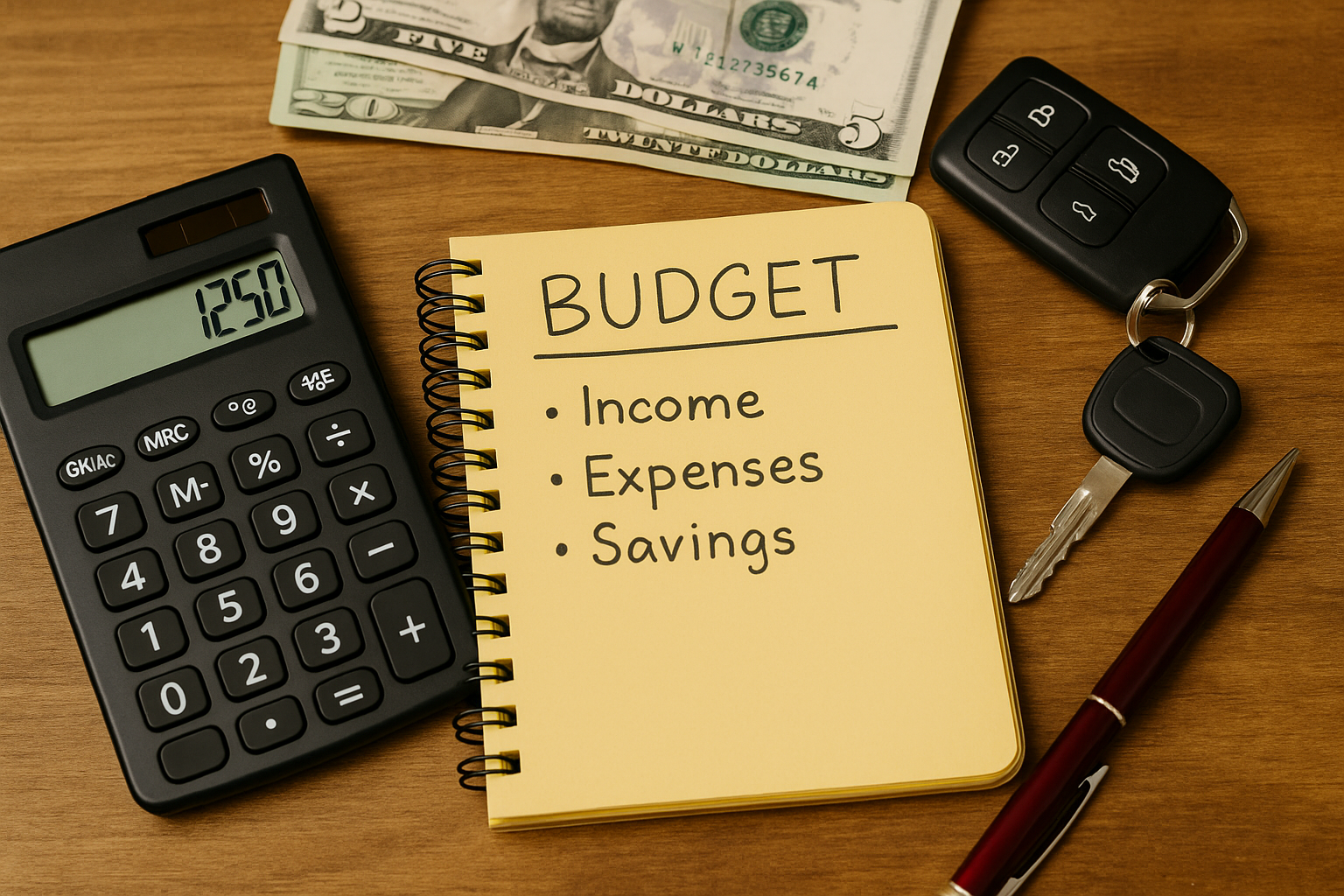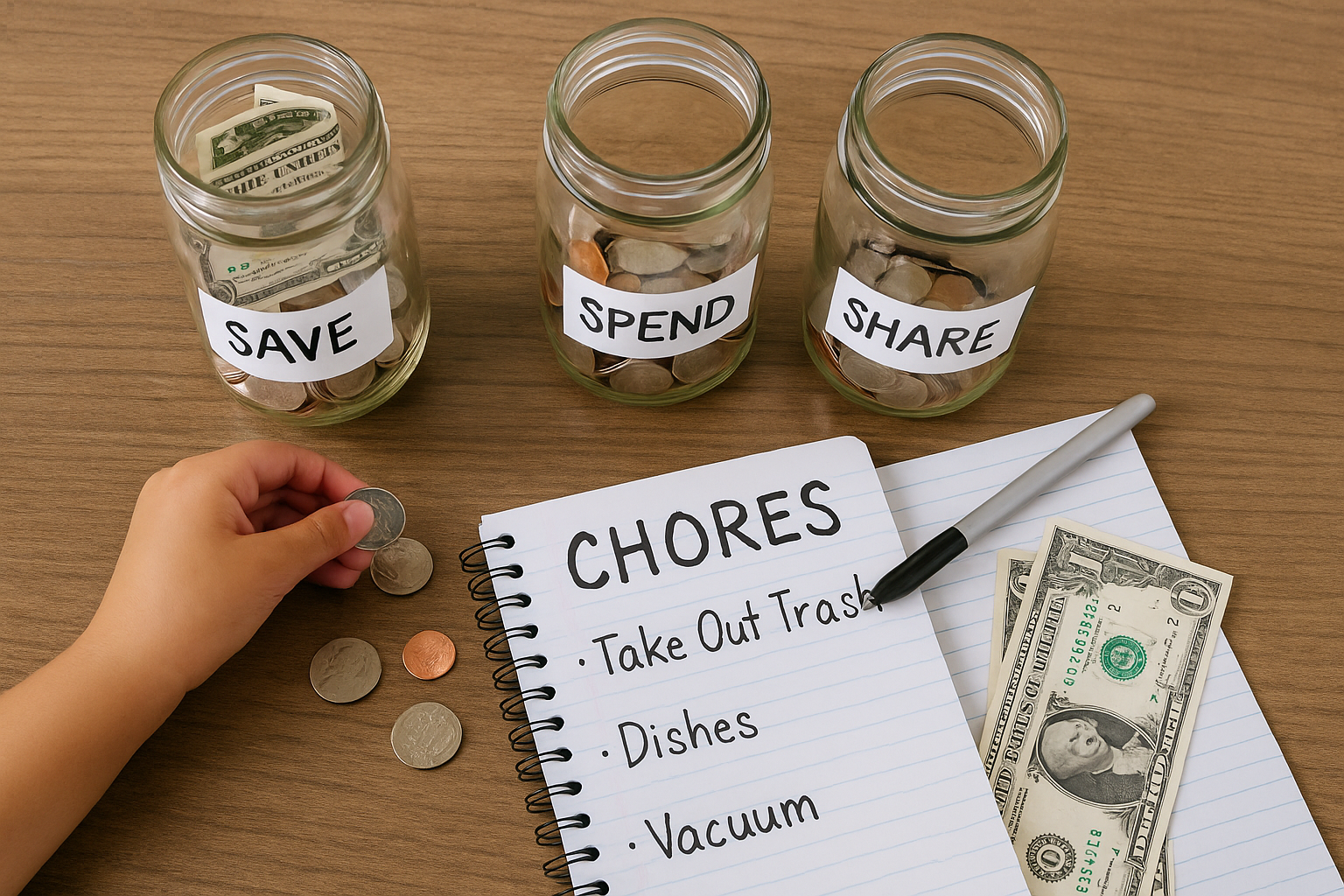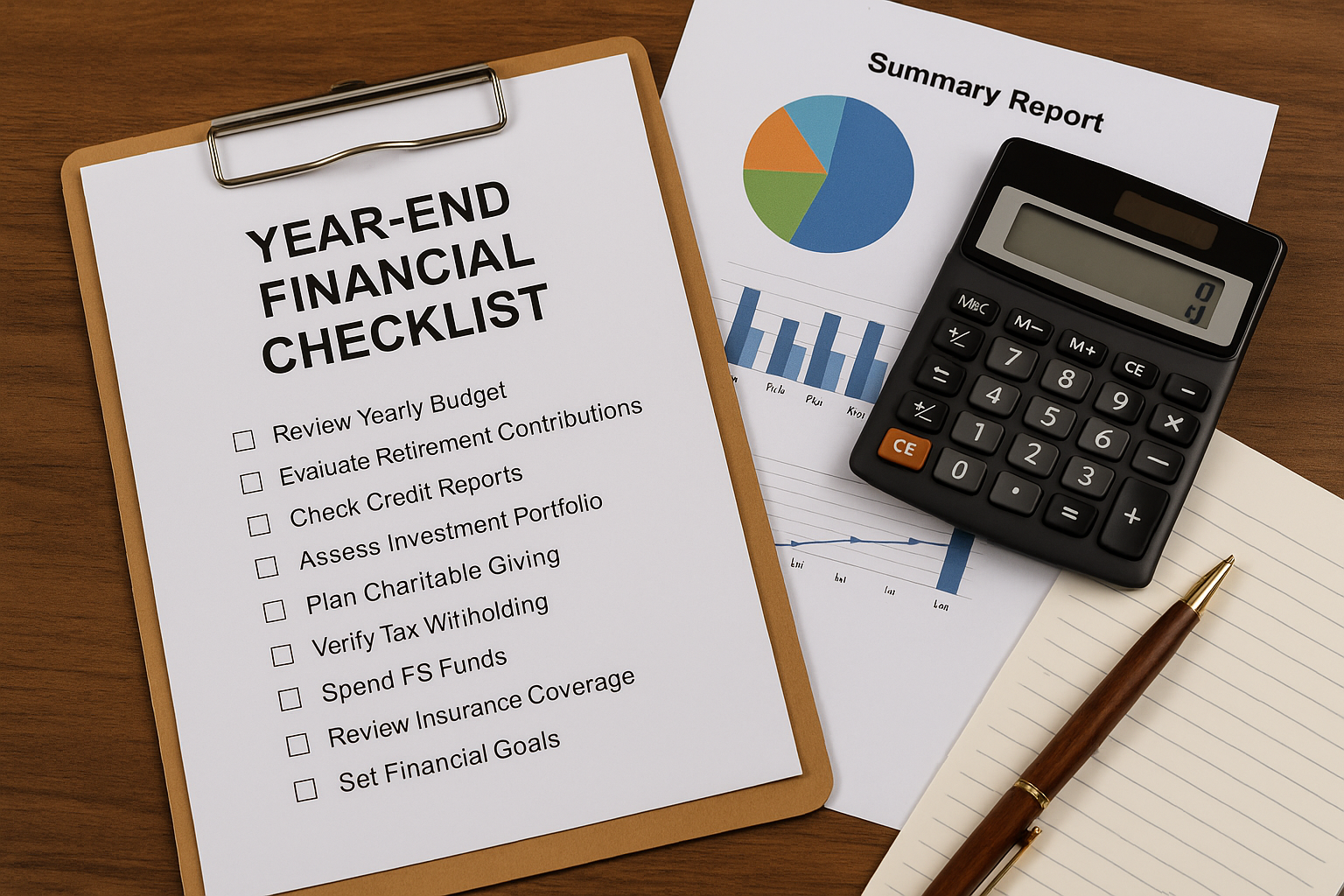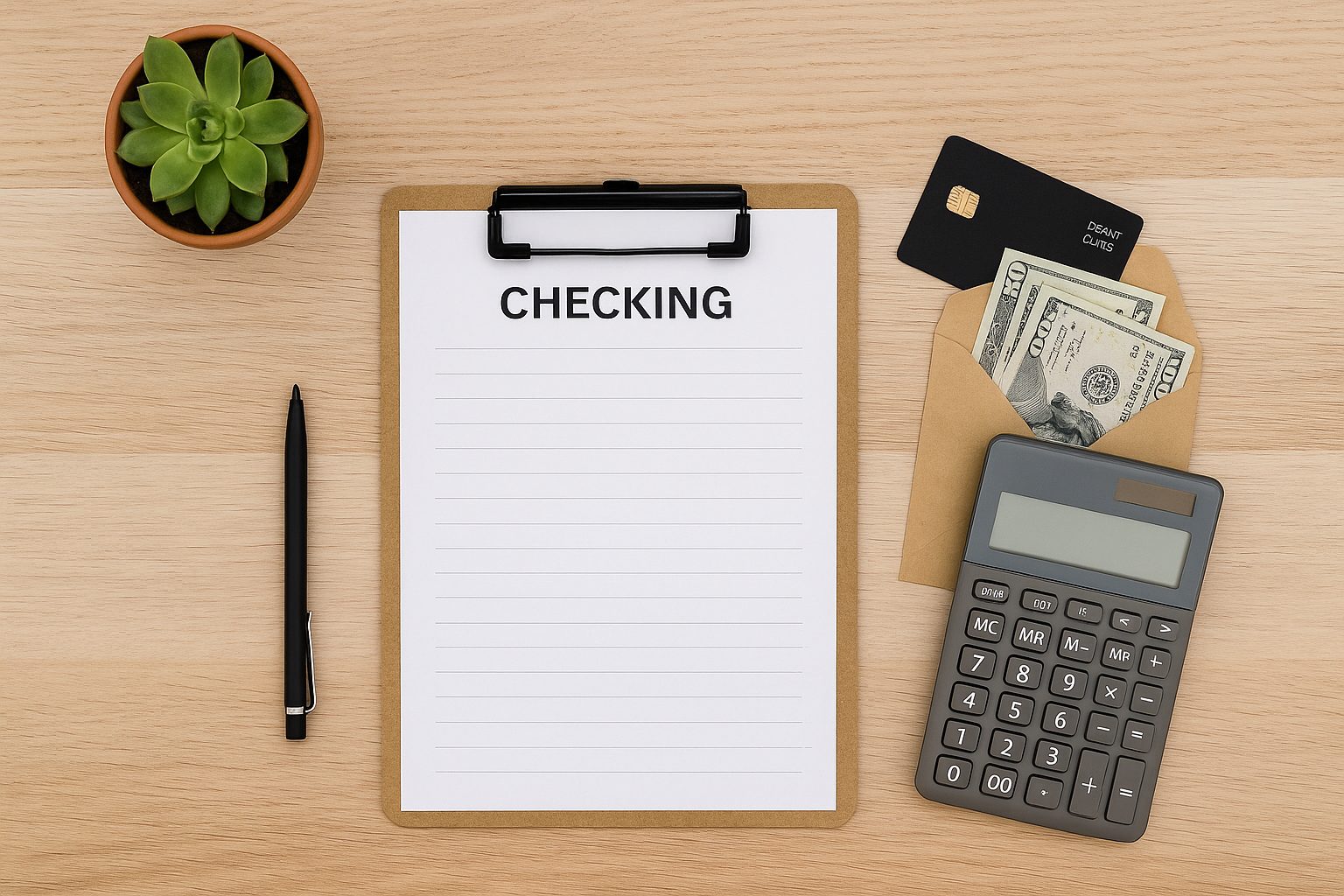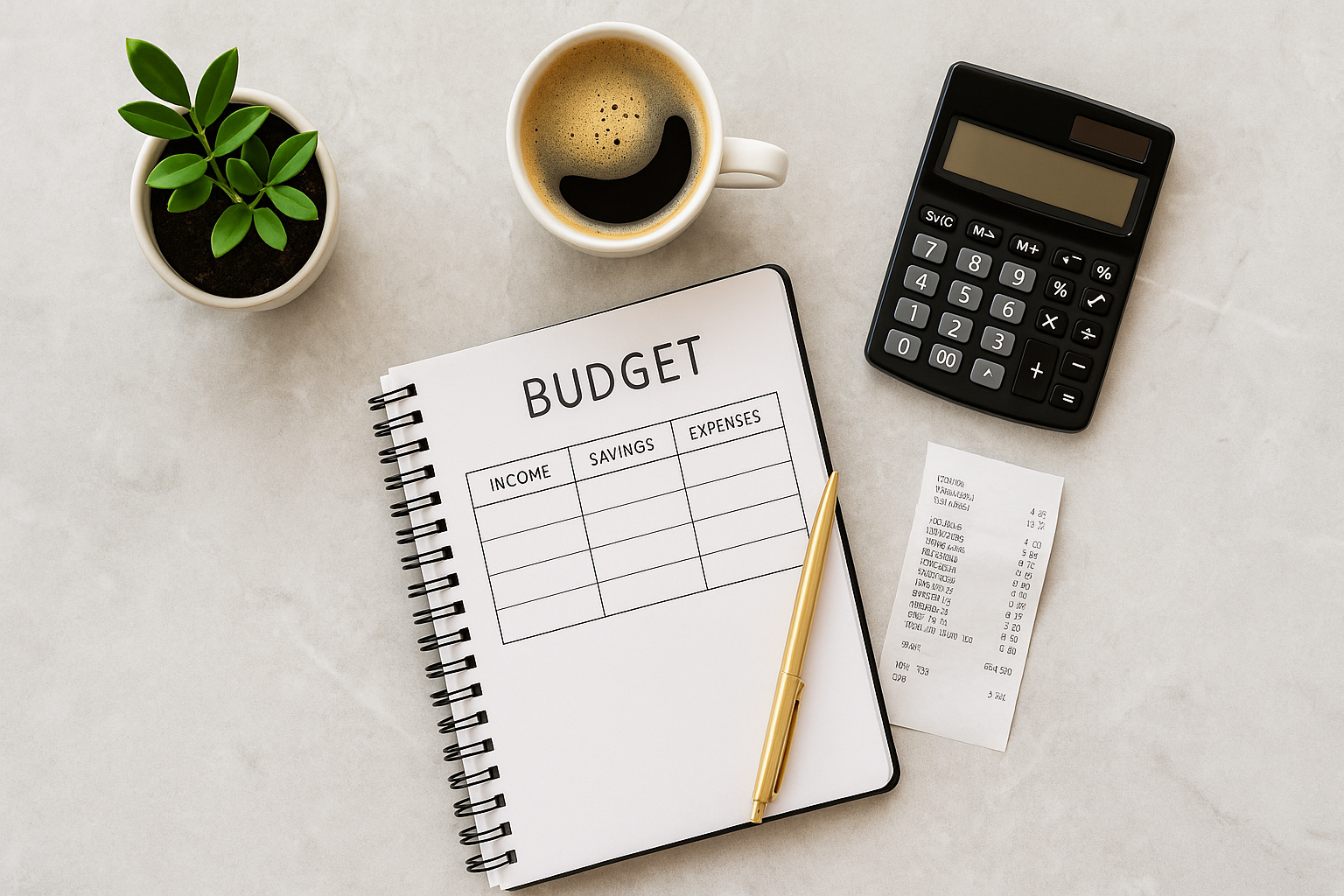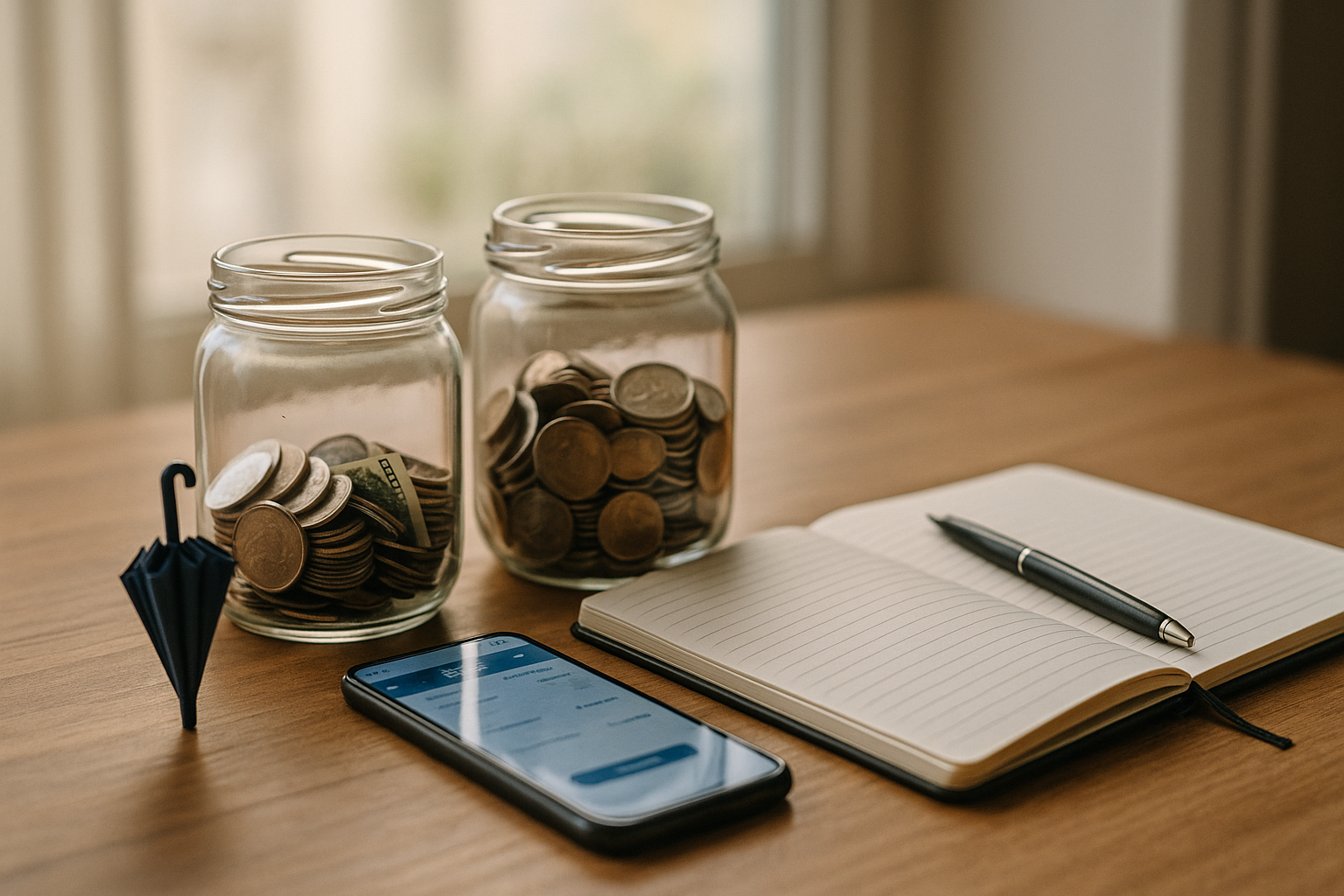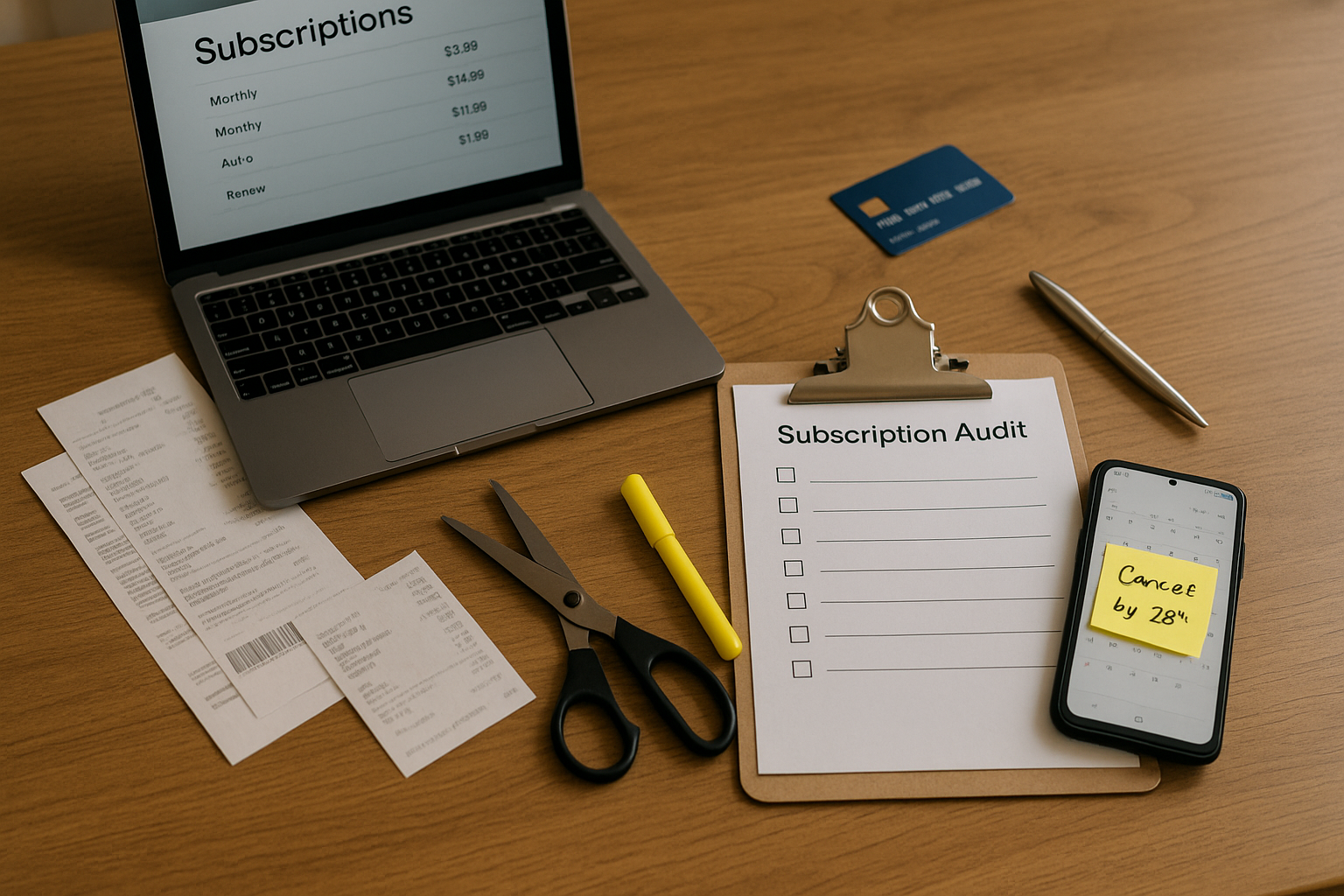Buying a car shouldn’t wreck your budget or your nerves. With a clear save for a car plan, a dedicated car sinking fund, and a few smart guardrails, you can fund your next set of wheels on your timeline—no last-minute scrambling, no payment regret.
Step 1: Decide the Right Number (Total Cost, Not Just Sticker)
Start with the all-in price you’re willing to pay. That means:
- Vehicle price (new or used)
- Taxes & fees (registration, title, documentation)
- Insurance (get a quote for the specific model)
- Maintenance & tires (set aside a small monthly amount)
- Cushion (2–5% for surprises)
Guideline: Keep your total monthly car costs (payment + insurance + fuel/maintenance) at or under 10–15% of take-home pay. If the math strains your cash flow, choose a less expensive model or extend your savings timeline before you shop.
Step 2: Choose Your Path—Cash or Down Payment
You don’t need to pay 100% cash to be disciplined. Pick one of these targets:
- All-cash purchase: No monthly payment; you’ll need a larger savings goal.
- Down payment saving (common): Aim for 15–20% down to lower the loan amount, reduce interest, and unlock better rates. Keep the loan term as short as you comfortably can (often 36–48 months).
Step 3: Open a Car Sinking Fund (Separate, High-Yield)
Nicknaming a high-yield savings account “Car Fund” prevents accidental spending and lets your savings earn interest. Automate transfers the day after payday so progress happens by default.
Formula: (Goal – trade-in – cash on hand) ÷ months = monthly transfer
Example: Goal $18,000 (reliable used car). Trade-in $2,000. Timeline 10 months.
You’ll save $1,600 ÷ 10 = $160/month if financing the rest, or $18,000 ÷ 10 = $1,800/month for all-cash.
Step 4: Add Easy Accelerators
- Trim three expenses for the timeline only (e.g., pause a gym, rotate streaming apps, reduce dining-out). Redirect the difference to the fund.
- Windfalls to wheels: Tax refunds, bonuses, marketplace sales go 100% to the Car Fund.
- Round-ups & micro-saves: Small, automatic top-ups keep momentum between paydays.
Step 5: Shop With Guardrails (Keep Costs Sane)
- Define “must-haves vs. nice-to-haves” before test drives (safety features, cargo, AWD).
- Price total cost of ownership: Fuel economy, insurance, maintenance history, tire size.
- Get insurance quotes for two finalists—rates vary widely by model.
- Certified pre-owned can be a sweet spot: warranty coverage without new-car pricing.
- Always do a pre-purchase inspection on used cars; budget $100–$200 to avoid big surprises.
Step 6: Timeline Checklist
- 90 days out: Set your budget, open the Car Fund, automate transfers, get prequalification (soft pull if possible).
- 30 days out: Narrow to 2–3 models; confirm insurance quotes and typical maintenance costs.
- 7 days out: Schedule test drives; prepare a one-page offer sheet with your target OTD (out-the-door) price.
- Purchase day: Stick to your OTD number; ignore add-ons you didn’t budget; use your Car Fund for cash or down payment.
Common Mistakes (and Easy Fixes)
- Focusing on monthly payment only: Sales can stretch terms to hit a low monthly number. Fix: Negotiate total OTD price first; choose the shortest comfortable term second.
- Mixing savings with checking: Money “leaks.” Fix: Separate, named Car Fund.
- Skipping insurance & taxes in the plan: Sticker shock later. Fix: Add them to your initial goal.
- Raiding the fund: Temptation wins. Fix: No debit card on the savings account; transfers only.
Mini Example Plan (All-Cash Used Car)
| Line Item | Amount |
|---|---|
| Target vehicle price | $15,500 |
| Taxes & fees (7%) | $1,085 |
| Insurance setup (first month) | $140 |
| Cushion (2%) | $330 |
| Total saved before purchase | $17,055 |
If saving in 9 months: $17,055 ÷ 9 ≈ $1,895/month (or about $948 biweekly). Adjust the timeline or the target model until the transfer fits your cash flow.
Bottom Line
Stress-free car buying is just math + habits. Set a realistic total, fund it with a separate car sinking fund, automate contributions, and shop with guardrails. Your future self—and your budget—will thank you.
